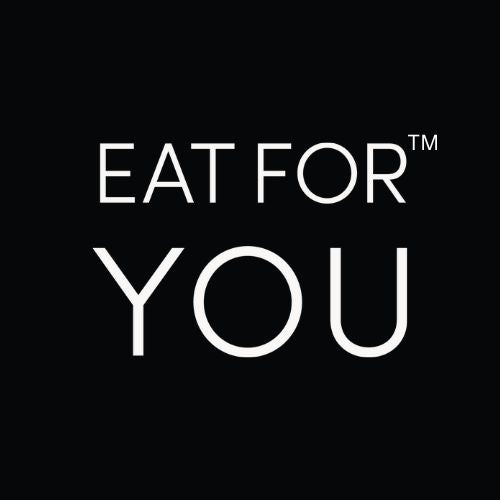Vanilla or Vanillin? When Science Crosses a Line in Our Food
Share
There’s something deeply comforting about the scent of vanilla.
Real vanilla. The kind that comes from long green pods grown in tropical heat, hand-pollinated by human hands, then left to ferment, cure, and deepen into a rich, nuanced flavour. It’s a labour of love—an art as much as it is agriculture.
But science has just thrown us a new curveball.
In a headline-grabbing breakthrough, researchers have genetically modified E. coli bacteria to transform PET plastic waste—yes, the same plastic used in water bottles—into vanillin, the compound responsible for that familiar vanilla flavour and aroma.
It’s a jaw-dropping innovation. From an engineering perspective, it’s brilliant. Turn a global problem (plastic waste) into a valuable commodity (flavour). A win-win... right?
And yet, something doesn’t feel quite right.
When Ingenuity and Instinct Collide
There’s a growing tension here—between what’s chemically possible and what’s humanly palatable.
We’re told, scientifically, that this lab-made vanillin is identical to what’s found in nature. That your body doesn’t know the difference. That if it passes purity standards, it’s safe to eat.
But is that all food is? Chemistry?
At Eat for You, we believe there’s more to food than molecular structure. There’s the context it comes from, the energy it carries, and the story it tells. Food nourishes more than just the body—it nourishes trust, culture, and connection. And when that trust is shaken, when the story doesn’t feel right, people recoil.
This is one of those moments.
At the Extremes: Eating Plastic vs Saving the Planet?
It’s easy to fall into black-and-white thinking here. On one end of the spectrum, you’ll hear:
“We’re literally eating plastic now?! Have we completely lost our minds?”
On the other end:
“This is a sustainable innovation! A genius solution to plastic pollution and supply issues for natural vanilla.”
Both have a point. And both miss something too.
Because yes, chemically, the end product is vanillin. But the process—feeding plastic to bacteria, coaxing them to produce flavour compounds, then purifying that into a food-grade additive—isn’t food as we know it. It’s food re-engineered from waste.
And we have to ask: what are we bringing into the food system when we do this?
Are there unseen contaminants, by-products, or unknowns from the breakdown and conversion process?
What does it mean for a compound to be pure when its origin story is a Coke bottle?
Are we normalising the idea that food is just a series of replaceable parts?
We’re not saying “no” to science. We’re saying “slow down.” Let’s ask the deeper questions before we rush a new compound into our food chain.
The Human Cost: What Happens to the Real Vanilla Growers?
This part matters just as much.
Every time we create a synthetic alternative to a real ingredient, we disrupt the economies and livelihoods of the people who grow the real thing. In this case, that means the vanilla farmers of Madagascar, Mexico, Indonesia—families and communities whose survival depends on our commitment to real food.
Natural vanilla is already under threat. It’s labour-intensive, climate-sensitive, and often priced out of reach for manufacturers. But that doesn’t mean it should be replaced with something made in a lab from plastic. That’s not innovation. That’s erasure.
We cannot call something sustainable if it cuts off the hands that grow the real thing.
So, Where Do We Land?
This isn’t about fear. And it’s not about rejecting technology outright. We’re not saying synthetic vanillin is going to poison us. We’re saying:
We don’t know enough yet.
We’re already living with plastic in our blood, our water, our breastmilk. Do we need it in our flavourings too?
And we believe food should come from places that honour life, not just reuse waste.
We believe in science, but we also believe in sense—the gut kind. And that sense is telling us that bringing plastic-derived compounds into the food system is a line we shouldn’t cross lightly.
Real Food Has a Soul
At Eat for You, we advocate for integrity in food. That means clean ingredients, yes—but also clean stories, clean supply chains, and clean relationships with the people and plants that feed us.
Vanilla isn’t just vanillin. It’s hundreds of volatile compounds, layered complexity, and human touch. It’s old-world knowledge, and deep-time agriculture. We don’t want to see that replaced by synthetic shortcuts, no matter how clever the chemistry.
Let’s not lose the soul of food in the name of efficiency.
